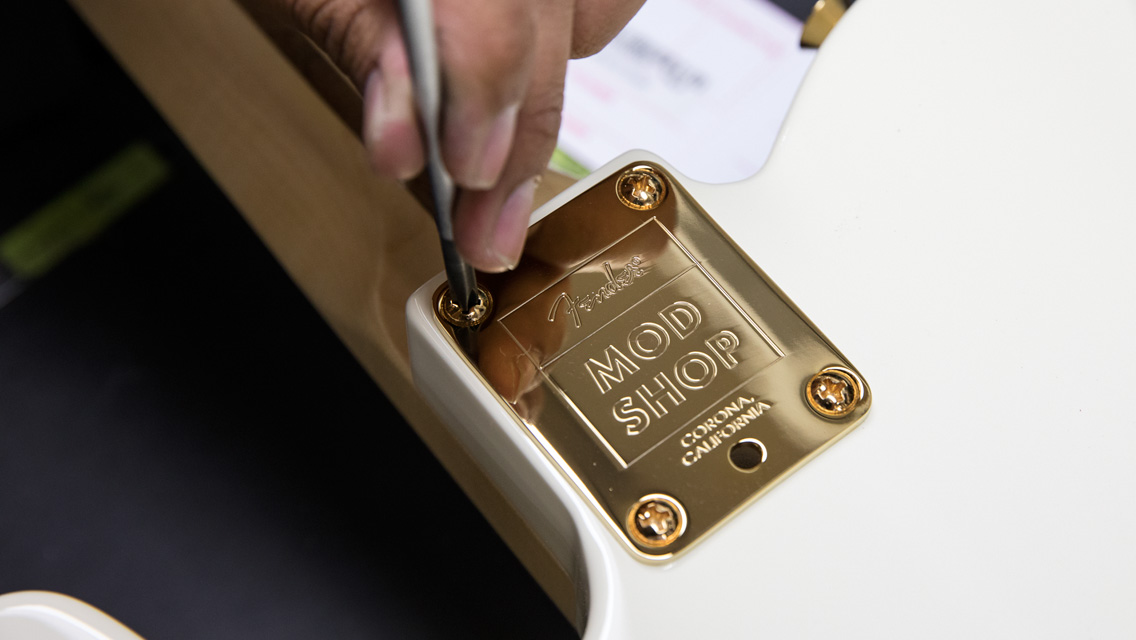
When guitar shopping at a retail outlet or online, you’re bound to run across mention of alnico pickups. What does that mean? What are alnico pickups and what do they do that non-alnico pickups don’t?
First, let’s explain the word itself. Alnico is an acronym comprising the first two letters of three different metallic elements: aluminum, nickel and cobalt.
Second, let’s explain what’s special about alnico. In the early 1930s in Japan, alloys of iron, nickel and aluminum were found to display twice the strength of the best steel magnets of the time. Cobalt was soon found to be a useful addition to the mix, as cobalt alloys are highly corrosion-resistant. Iron alloys that contain alnico display a high resistance to heat and to loss of magnetism, and are hence used to make strong and durable permanent magnets. In fact, before the development of rare earth “super” magnets (i.e., neodymium and samarium-cobalt) in the 1970s and 1980s, alnico magnets were the strongest magnets you could get, capable of producing strength at their poles as high as 3,000 times the strength of the Earth’s magnetic field.
In a nutshell then, alnico alloys make for very strong, long-lasting magnets.
Given their strength and durability, alnico alloys were consequently adopted for widespread consumer applications in which magnets with such properties were especially useful, such as electric motors, sensors, loudspeakers, etc.
And electric guitar pickups. At its simplest, an electric guitar pickup consists of a permanent magnet wrapped in coils of wire, so it stands to reason that high-quality magnets such as those containing alnico would make for high-quality guitar pickups. And that they did — alnico-magnet pickups were found to produce a smooth, warm and highly musical tone.
Sure enough, Fender started making pickups with alnico magnets as early as the late 1940s. Back then, alnico was the high-tech material of the age, and Fender continued to use it through the 1950s and 1960s. Technically more efficient ceramic magnets took over in a wide variety of commercial applications starting in the 1960s, but ceramic-magnet guitar pickups were found to have a generally harsher, more brittle sound with sharper peaks than their alnico predecessors. Many players and hence many manufacturers — Fender included — stuck with the mellower rounded-peak tone of alnico pickups (analogous to “worn shock absorbers” in the words of one pickup expert), and their use continues to this day.
Another element you’ll run into when guitar shopping is that there are different kinds of alnico pickups, usually designated by Roman numerals — i.e., alnico II, alnico III and alnico V (although you do see standard Arabic numerals 2, 3 and 5 just as often, really).
The alnico number is used to differentiate the strength of the magnetic field produced; it designates a sort of “recipe” in which the percentage of the different elements in the alloy varies slightly. While all three are actually pretty close, the type of alnico used, when combined with other elements such as the art of pickup placement, does affects the sound of an electric guitar.
Where it gets a bit strange, however, is that alnico numbers do not increase in order of magnetic strength, as you might at first suppose (i.e., II being the weakest, III in the middle and V the strongest). On the contrary, the order of magnetic strength goes like this: alnico III has the weakest magnetic force; alnico II is in the middle and alnico V is the strongest.
Alnico II
You'll find these on the earliest Telecaster guitars of the 1950s. It is especially good for middle-position pickups, and it contributes to a very sweet and musical “vintage-y” sound.
Alnico III
The weakest of the three because it actually contains no cobalt. Since it exhibits the least amount of magnetic pull, it’s the type that impedes free string vibration the least, hence making it a great choice for neck pickups (over which there is usually the greatest amount of string vibration). This is the type used in the first Stratocaster guitars in the mid-1950s, and use of this particular alnico blend is one of the reasons why their neck pickups sound so amazingly good.
Alnico V
The strongest of the three; more powerful in tone and response. Its greater output makes it a good choice for bridge pickups, over which there is usually a smaller amount of string vibration. Good for an aggressive, punchy sound.
Click here to shop all Fender pickups.
Don’t miss out!
Be the first to know about new products, featured content, exclusive offers and giveaways.


